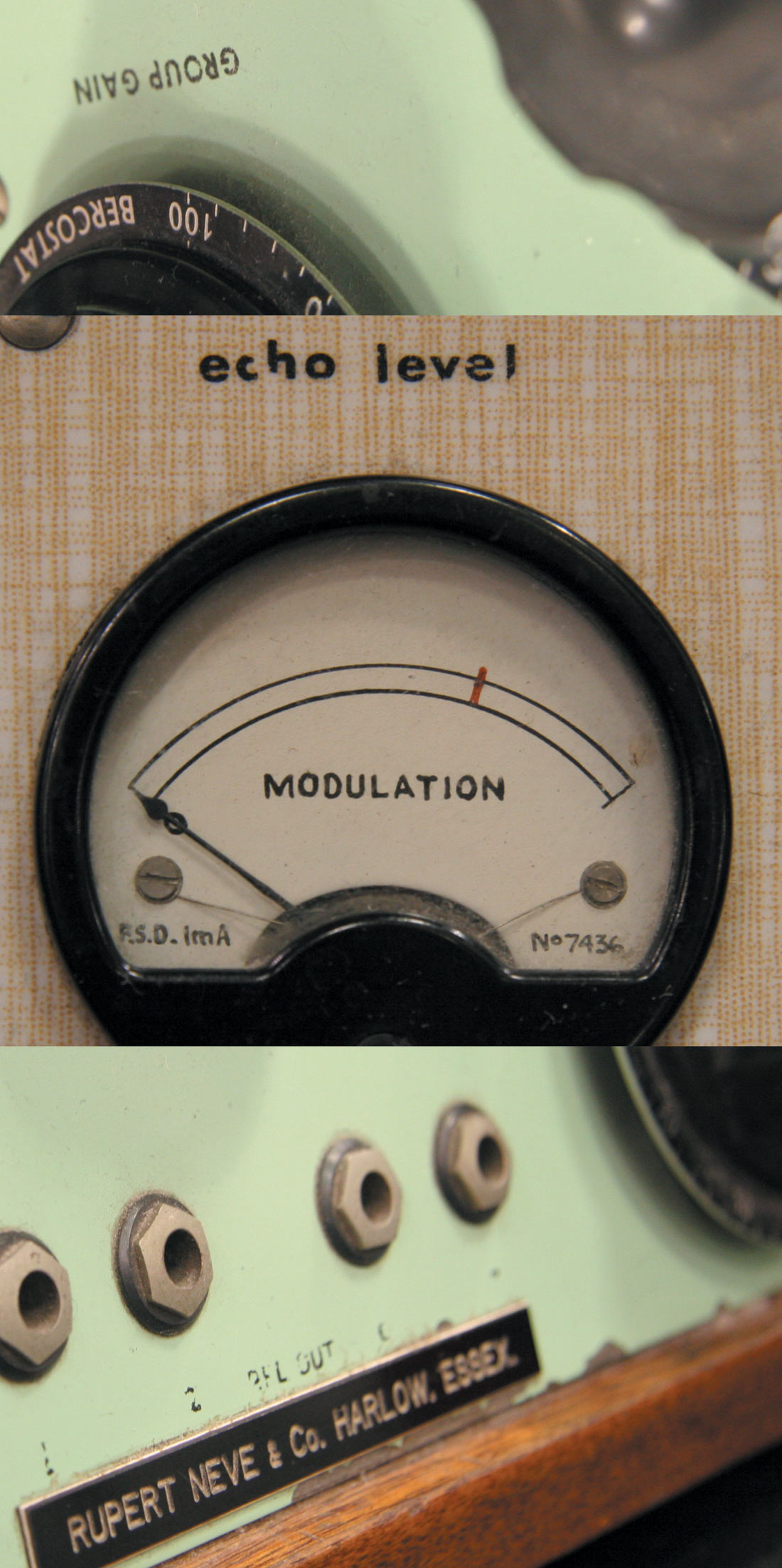This is one of those "why didn't they think of this sooner?" devices. If you use any type of DB25 connections-analog or digital-in your studio, you need to check out the BOB-32. Personally, I hate DB25 to fan snakes. They never spread enough to connect to my gear. I end up patching to the snake then to the gear or crawling behind the racks ten times a week. The BOB-32 cleans all of that up as if you had a custom patch solution designed for your studio.
BOB-32 is an AES/EBU-compatible XLR to DB25 patch system with a twist-or should I say fold! RME calls the enclosure a "flip frame". This clever design features a hinge running through the middle of the chassis that allows you to actually fold the unit like a piece of bread-go online for photos. You're not forced to accept the standard front-to-back wiring scheme. If you want to have both front and back sections on the same side of the rack, you just fold the unit. The "front" has eight XLR ins and eight XLR outs. These feed to the "back" to a pair of female DB25 connectors. Fixed installations can put both sides in the backside of a rack to protect from unauthorized changes. If you have many studio visitors, you can put both sides on the front of the rack. I chose to put the DB25s out the back while keeping the XLRs up front.
Making the unit more versatile, each DB25 connector can be configured for TASCAM (Digidesign, RME) or Yamaha pin-types via an internal jumper. No cross-soldering mess just because you interface with different brands. Nice! Finally, the rack ears, thumb pullers, and hinge locking plates can be removed with a standard Phillips screwdriver. Depending on your software platform, a BOB-32 could be used to replace an expensive outboard AES router. Add the ability to configure for your specific needs, and RME has one of the coolest routing devices I've seen in a long time. ($249 MSRP; www.rme-audio.com)
Tape Op is a bi-monthly magazine devoted to the art of record making.




_disp_horizontal_bw.jpg)